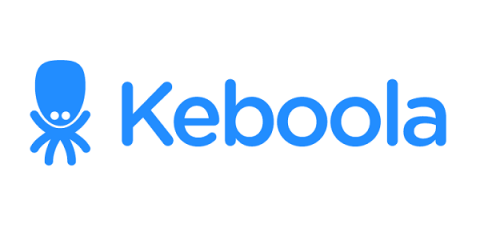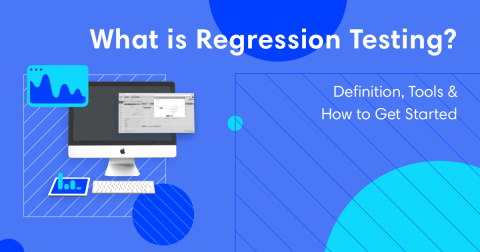Systems | Development | Analytics | API | Testing
Latest News
Why data governance is not an option
With the global increase in data breaches, like the biggest data fiasco of Facebook and the massive cyber attack on SingHealth’s database, the simple question of “Where is my data?” now requires answers that derive from the complex universe of data governance.
The Qlik Sense September 2019 Release
With the launch of Qlik Sense Business and enhancements to Qlik Sense Enterprise in our September 2019 release we have again underlined why Qlik, the largest independent data and analytics vendor in the market, is leading the 3rd generation of BI and analytics.
How to build a data-driven company culture
Raise your hand if you agree that “data driven decision making” is one of the biggest buzzwords in data? Not to say it’s not important, but it’s a phrase that has been beaten to death by every marketer and salesperson out there. And even though every company is trying to march to the drum of “data driven decision making”, we still can’t seem to wrangle it like a fish escaping our catch.
Autopilot Data Studio Dashboard
Google’s Data Studio has been gaining popularity ever since it was introduced into Beta back in 2016. It’s flexibility for custom integrations through writing a Community Connector, Google Sheet or BigQuery Database gives you a lot of choice for putting multiple sources of data into one report.
What is Regression Testing? Definition, Tools & How to Get Started
Regression testing is a software testing practice that ensures an application still functions as expected after any code changes, updates, or improvements. Regression testing is responsible for the overall stability and functionality of the existing features. Whenever a new modification is added to the code, regression testing is applied to guarantee that after each update, the system stays sustainable under continuous improvements.
Migrating on-premises Talend implementations to the cloud: What do you need to start?
Imagine that you are an on-premises Talend customer, and your company has decided to move all of its operations to the cloud. They have licensed Talend Cloud and have tasked you with migrating your existing Talend projects and Jobs to this new product. What do you need to know to begin your migration to Talend Cloud?
5 best practices to innovate at speed in the Cloud: Tip #1 Perform real-time data integration to meet real business needs
Being able to quickly integrate disparate sources of data from the edge to the core is a de facto criterion for your digital transformation to succeed — whether that’s providing real-time answers for your business teams or delivering personalized customer experiences.
Why you need to think about design when creating dashboards
As a vendor of dashboards, I know it’s really important how people use them to effectively communicate their data to end-users. But I believe a well-designed dashboard is a rare thing.
How to Optimize Data Pipelines Using Talend and intermix.io on Amazon Redshift
In the past few years, we’ve seen rapid adoption of a new data analytics stack, based on cloud warehouses like Amazon Redshift, Google BigQuery and Snowflake. This stack has three layers: Data Integration, Modeling Layer and Application Layer.








